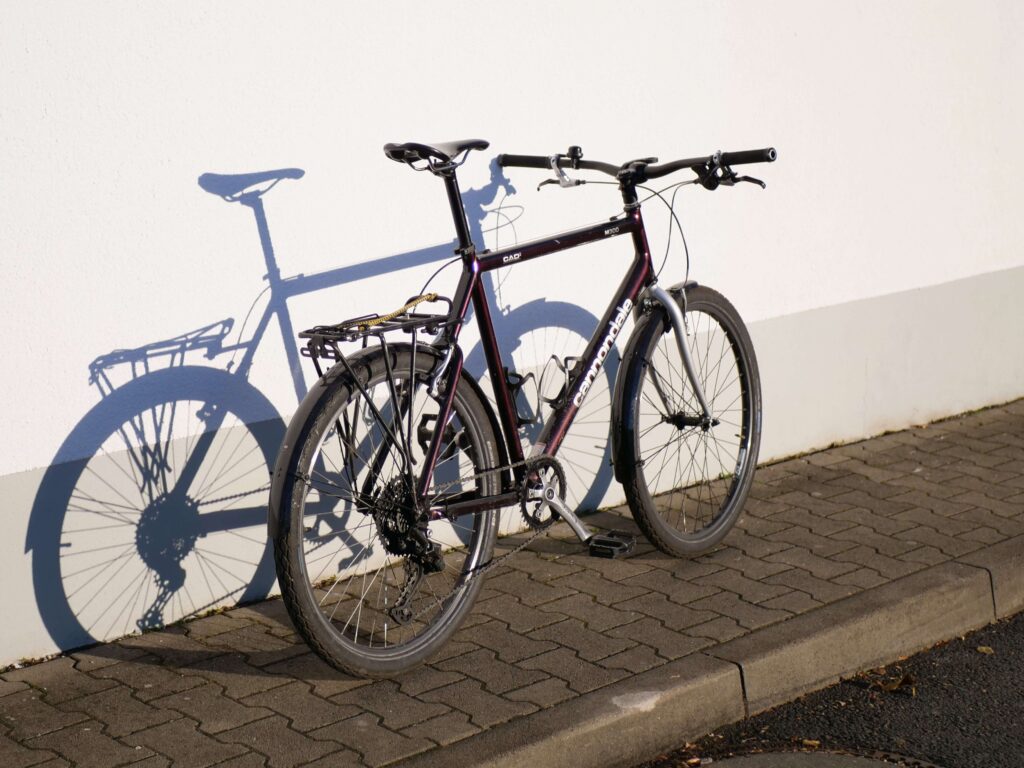Mountain biking has evolved dramatically over the past few decades, with new technologies and trends shaping the way we ride. However, one unexpected development in recent years is the resurgence of 26-inch mountain bikes. These old-school bikes, once considered obsolete in favor of larger wheel sizes like 27.5-inch and 29-inch, are making a comeback. So, why are retro 26-inch mountain bikes suddenly popular again?
The Golden Era of Mountain Biking
In the late 1980s and throughout the 1990s, the 26-inch wheel size reigned supreme in mountain biking. Brands like Specialized, GT, Trek, and Cannondale released a series of iconic models that captured the spirit of off-road adventure. With their nimble handling and easy maneuverability, 26-inch mountain bikes dominated the trails and helped fuel the early growth of the sport.
The bikes of this era were known for their lightweight steel or aluminum frames, simple yet reliable drivetrains, and rigid or early suspension fork technology. Riders often decked them out with colorful anodized components and bar ends. For many, these bikes hold a nostalgic appeal, reminding them of the carefree days of exploring rugged paths and honing their trail skills.
The Rise of Bigger Wheels
By the late 2000s and early 2010s, the mountain biking world began to shift. The introduction of 29-inch and later 27.5-inch wheels promised better rolling efficiency, smoother riding over rough terrain, and greater stability. These larger wheels quickly became the standard for most mountain bike manufacturers. As a result, the 26-inch wheel size seemed to fade into history, leaving die-hard fans wondering if they’d ever see their favorite bikes in the spotlight again.
Why the Revival?
Several factors have contributed to the renewed interest in 26-inch mountain bikes. Here are some reasons why riders are falling back in love with these retro machines:
1. Nostalgia and Vintage Appeal: As is often the case with fashion and music, cycling enthusiasts have a strong sense of nostalgia for the “good old days.” Owning a classic 26-inch mountain bike or restoring one brings back memories for many riders. Vintage bikes from the ’90s and early 2000s are being celebrated for their unique designs and historical significance.
2. Affordability and Accessibility: With the rising costs of modern mountain bikes, retro 26-inch models offer an affordable alternative. Many used 26-inch bikes can be found for a fraction of the price of a new high-end bike. They are perfect for riders who want to get into mountain biking without spending a fortune.
3. Playfulness and Agility: The smaller wheels of a 26-inch bike provide quick and nimble handling, making them a blast on twisty trails and technical sections. Riders who prioritize fun and maneuverability over speed may find that these bikes offer a refreshing change from the larger, more stable platforms.
4. Ease of Customization: One of the joys of owning a retro bike is the ability to customize and upgrade it. With a wide array of replacement parts and modern components that fit older frames, enthusiasts are transforming classic bikes into capable and stylish trail machines. Rebuilding a vintage bike is also a rewarding project for mechanically inclined riders.
5. Urban and Commuter Popularity: The resurgence isn’t limited to the trails. Many retro 26-inch mountain bikes have found a second life as urban commuters. With rugged frames, simple drivetrains, and a compact design, they’re well-suited for navigating city streets and bike paths. Riders appreciate their durability and the retro aesthetic that stands out in urban settings.
Modern Adaptations of the Classic Ride
While vintage mountain bikes are being lovingly restored, some manufacturers are also revisiting the 26-inch format with a modern twist. Companies are releasing updated models with contemporary geometry, disc brakes, and modern suspension technology. This blending of old and new caters to riders who want the retro feel without sacrificing performance.
Additionally, the growing gravel and adventure bike market has opened up opportunities for brands to experiment with smaller, more playful wheel sizes. The adventure biking community values versatility, and a 26-inch platform fits well into this trend.
The Community and Culture
Social media and online forums have played a significant role in the comeback of 26-inch mountain bikes. Communities of enthusiasts share restoration projects, ride stories, and recommendations for upgrading old bikes. These spaces foster a collective appreciation for retro mountain biking culture and keep the spirit of the golden era alive.
Events like vintage mountain bike gatherings and retro-themed group rides have also gained traction, further boosting interest. Riders showcase their classic builds and swap stories about the early days of mountain biking. The camaraderie and shared passion create a welcoming atmosphere for newcomers and seasoned riders alike.
Conclusion
The return of 26-inch mountain bikes highlights the cyclical nature of trends and the enduring appeal of simplicity and nostalgia. Whether you’re dusting off your old frame from the garage, hunting for a vintage bargain, or just curious about what makes these bikes so special, there’s no denying the charm of a classic 26-inch mountain bike. They may not dominate the latest bike tech conversations, but they’ve secured a lasting place in the hearts of riders who appreciate their agility, style, and history.



Pingback: My Cannondale CAAD12 in 2025 – Cramamba